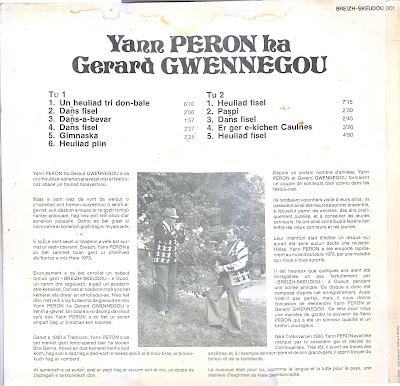MUSIQUE AFRICAINE DU BURUNDI
LES TROUBADOURS DES HAUTS-PLATEAUX
enregistrés par Roger Barbaglia
--------
AFRICAN MUSIC FROM BURUNDI
THE TROUBADOURS OF THE HIGH PLATEAUX
recorded by Roger Barbaglia
Vogue, 1969, CLVLX 296
The French label Vogue disappeared around 1972. It covered various musical genres including field recordings like this album. In fact this is the soundtrack of a film entitled ''le royaume des 1000 collines'' (the kingdom of 1000 hills) as Burundi is sometime nicknamed. I don't know who Roger Barbaglia was but he was lucky or he knew the country well enough to get the music he wanted.
This album is quite amazing (not the sound quality though) with some examples of rare singing at least at the time of the recordings. One of the highlights of the album is the songs from the kraal a house more or less large where women stay with infants and cows. These women (quite young here) have their own corpus of songs they sing between them, songs that were not supposed to be heard by strangers. Barbaglia talks about the freshness of these songs.
Most of the tracks feature singers young girls and boys as well as men. Tutsis, Hutus and Twas (Pygmies) have several tracks each.
Barbaglia wrote the text in French only with a good introduction to the country and its ethnic groups.
Now there are some discrepancies between what is mentionned on the back cover and what we hear. The first track on side A features a likembe player which is not on the list of tunes. So I named it track A 0.
On B4 the ''2nd harper'' is not the musical arc player mentionned but the same inanga player and singer as on B3. The musical arc player appears on B5.
Then when I copied this album I put tracks B7 and B8 together (I borrowed it from a library).
This LP is a great witness of the diversity and richness of the cultures present in Burundi before the chaos of the 90s.














































